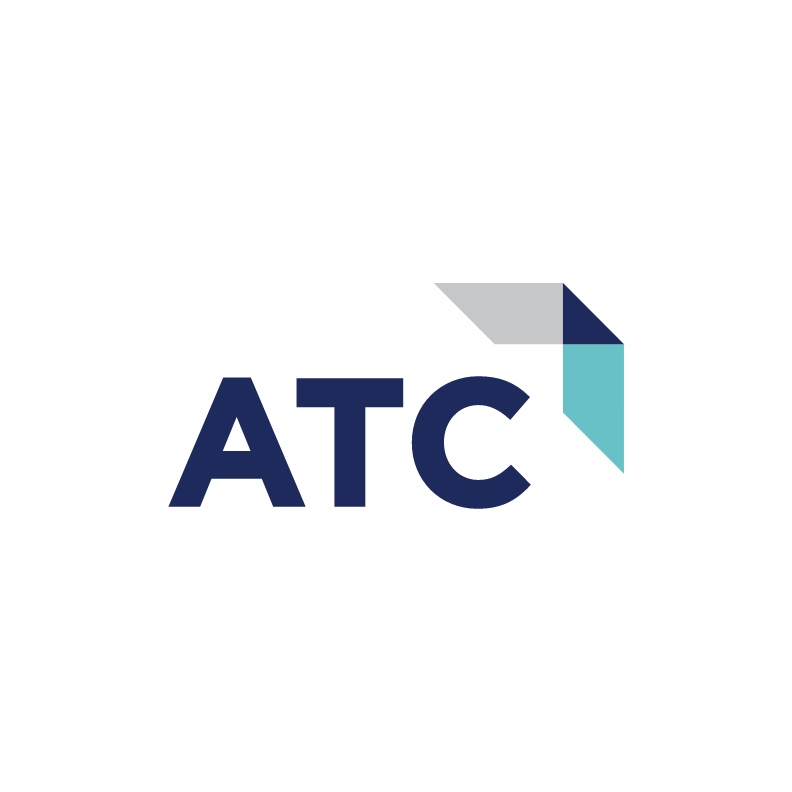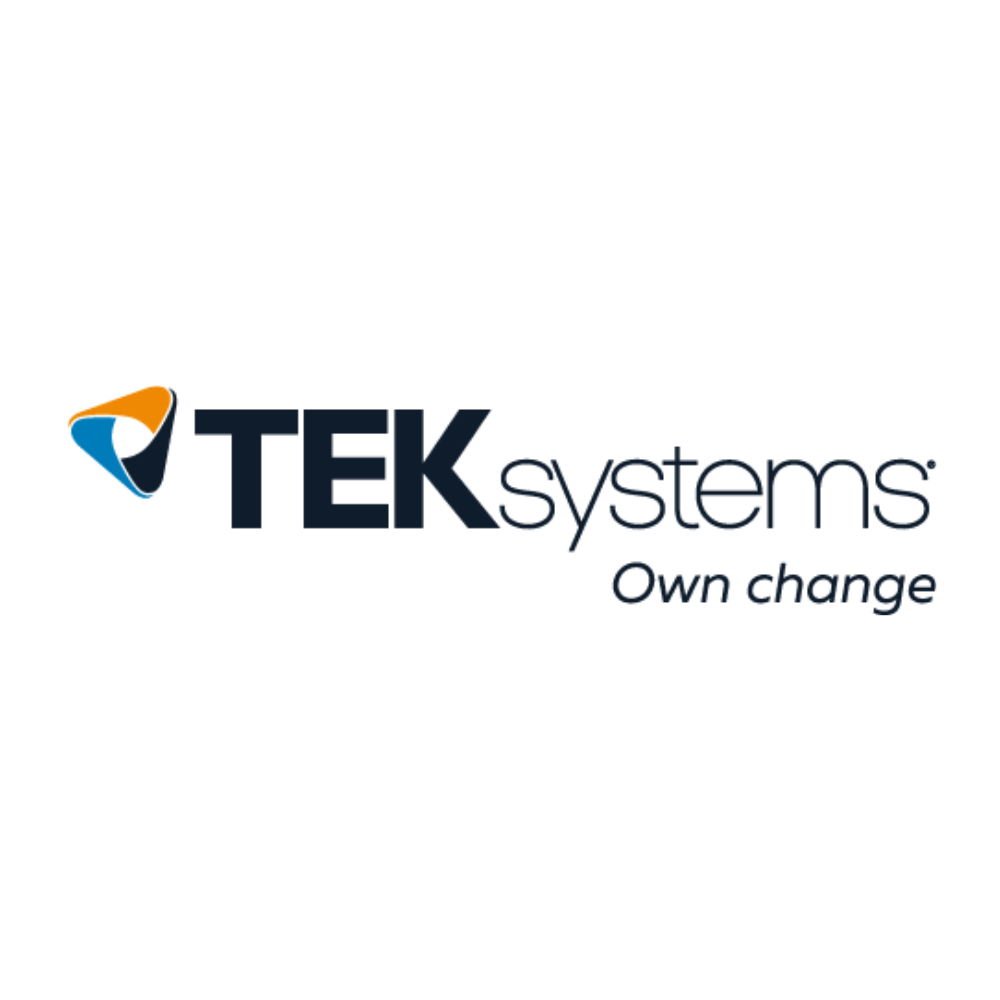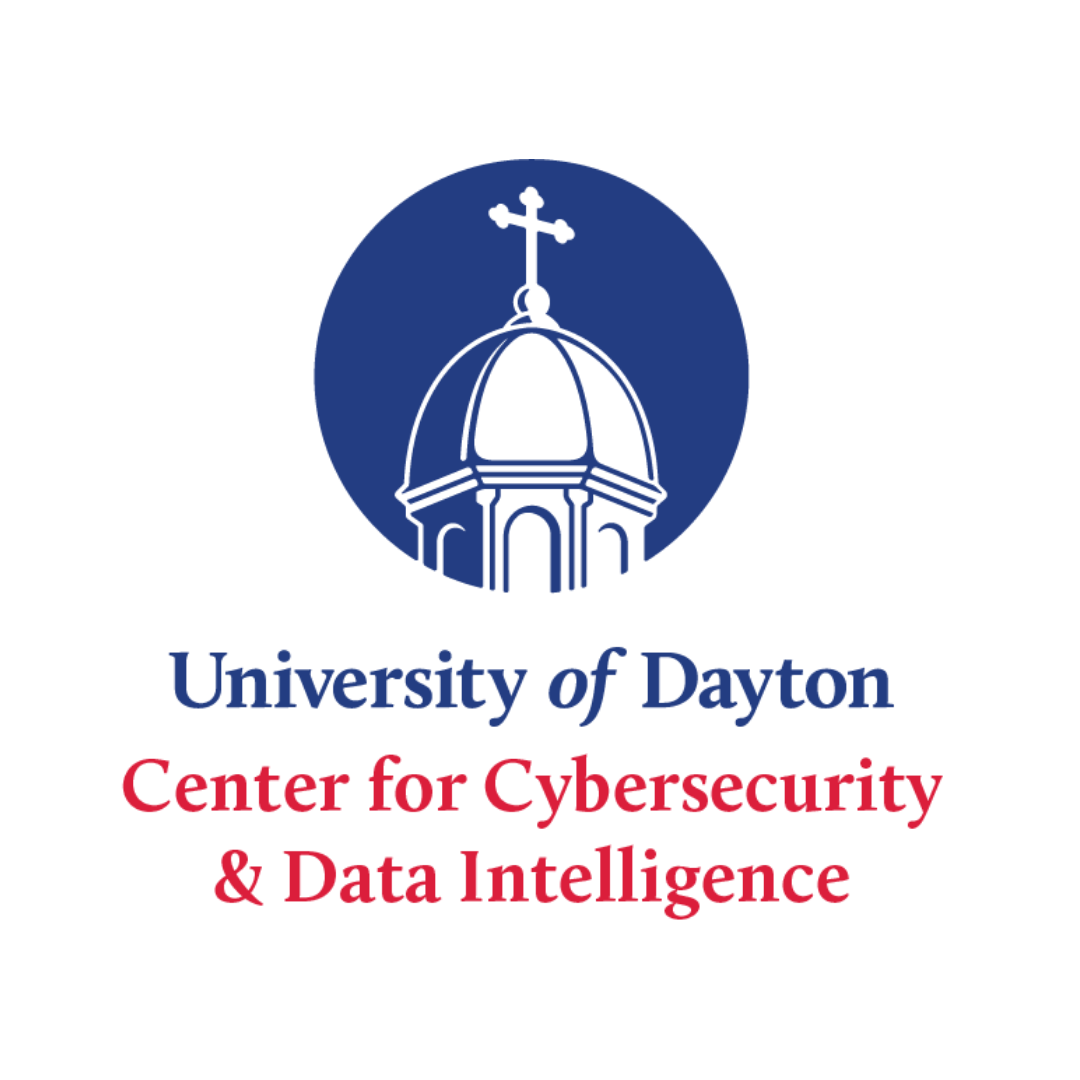
During the COVID pandemic, we experienced lockdowns, illness and death, loneliness, working from home, learning from home, disrupted supply chains, overtaxed health systems, non-stop media reports about COVID, and daily anxiety and stress. Although U.S. and global health organizations declared the end of the COVID public health emergency, the effects linger, including many workplace disruptions. Being a good leader of people in any industry means reflecting on social context and social disruptions and how our own leadership skills and style must adapt. Because every organization’s competitive advantage relies increasingly on technology in this age, it is even more important for technology leaders to pivot to changing workplace conditions. How are you adjusting in response to these disruptions?
1. Hybrid and Remote Workplace
For many roles in the workplace, we are not going back to the old way of working - physically in the office building five days a week, 8 am-5 pm. According to Forbes, of the jobs that can be done remotely, 7% of workers were fully remote before the pandemic, and in 2023, it is five times higher at 35%. Workers are very clear about what they expect from their employer, according to Forbes’ remote work statistics, “98% of workers want to work remotely at least some of the time and 65% of workers want to work remotely ALL of the time. Fifty-seven percent of workers would look for a new job if their current company didn’t allow remote work.”
But there are also downsides to remote work. From the same Forbes report, “69% of remote workers report increased burnout from digital communication tools, 53% of remote workers say it’s harder to feel connected to coworkers, and 23% of remote workers struggle with loneliness.”
Many large corporations have recently begun return-to-office mandates: Google, Meta, JP Morgan Chase, Amazon, Apple, Starbucks, Disney, Lyft, and Zoom. This has set up a conflict between what employees want and what employers want. Currently, organizations that can give workers some flexibility will be better poised for recruiting and retaining talent. If you do implement a mandate for in-person work, CNBC Leadership Insights recommends:
- Explain the specific “Whys”
- Look closely at individual and team performance data
- Leave room for exceptions
- Build flexibility in other ways
- Watch for proximity bias
- Be ready to lose employees
2. Stress, Trauma, Mental Health
There has been a measurable rise in negative emotions around the globe, including stress, sadness, anger, and worry, according to an annual measure by Gallup. The pandemic caused a spike in the world of unhappiness and we have not yet recovered.

In the workplace, Gallup finds that employee engagement dropped in 2021 for the first time in a decade and dropped again in 2022. Our workforce is unhappy and disengaged at record levels. Why?
CAUSE #1 – POST-COVID STRESS DISORDER -“Illness, grief, job loss, social isolation, uncertainty, and other pandemic-driven stressors have contributed to an increase in psychological stress,” according to Yale School of Medicine. There is a new disorder identified as Post-COVID Stress Disorder, which presents similar to PTSD including increased reaction to stimuli, avoidance, focusing on the negative aspects of a situation, incessant contemplation of negative events, and anxious arousal associated with memories of the COVID-19 pandemic.
CAUSE #2 – SOCIAL MEDIA - National Institutes of Health states that social media is strongly correlated with “anxiety, depression, insomnia, stress, decreased happiness, and a sense of mental deprivation.” This correlation is caused by the “negative impact on self-esteem through unhealthy comparisons, social media burnout, stress, lack of emotional regulation due to social media preoccupation, and development of social anxiety due to decreased real-life social interactions.” FOMO (Fear Of Missing Out) is a real thing, with real mental health consequences.
Because our workforce is seeing heightened stress and general unhappiness, leaders must be aware of, and manage, employee engagement and well-being.
3. Generational Disruption
In conjunction with disruptions related to the pandemic, Gen Z’s entry into the workforce is driving change, due to different norms and values regarding workplace atmosphere, culture, and support. By 2030, Generation Z will constitute about 30% of the workforce. While generational stereotypes are not 100% accurate for each individual, data from Johns Hopkins University indicates that, in general, “Baby Boomers sought job security, Generation X sought work-life balance and professional progress, Millennials and Generation Z are seeking greater Diversity, Equity, and Inclusion (DEI), greater flexibility, and a focus on ethics and social awareness of a company.” Gen Z is also seeing a lack of engagement at work leading to lower retention and higher levels of stress that impact work performance.
According to McKinsey, factors that motivate Gen Z to stay in a job aren’t the same as those for other generations. Gen Z, for example, considers compensation less important than flexibility, career development, meaningful work, and a safe, supportive work environment.
Have you heard of “Quiet Quitting,” “Bare Minimum Monday”, and “Time Blindness”? These terms, and the values they represent, may at first seem incomprehensible to older generations, but leaders cannot easily dismiss this if they want to recruit and retain a thriving workforce. Seek first to understand the different generations.
Artificial Intelligence (AI)
How will AI disrupt the workplace in the next ten years? Some industries and roles will be affected more than others, and leaders will need to be ready to reskill their workforce. McKinsey Global Institute reports that an increase in labor demand is predicted for health professionals, health technicians, and STEM Professionals (a 30% increase). A 15-20% decrease in labor demand is predicted for office support, customer service, and sales. In the fields of education and workforce training, business and legal professionals, creatives, and arts management, not a large change in demand is predicted, but a high change in work activities. “Workers in lower-wage jobs are up to 14 times more likely to need to change occupations than those in highest-wage positions, and most will need additional skills to do so successfully.”
These changes will not happen immediately, but leaders should begin preparing. Remember this famous quote from Bill Gates in 1996:
“We always overestimate the change that will occur in the next two years and underestimate the change that will occur in the next ten. Don’t let yourself be lulled into inaction.”
Reskilling your workforce is a strategic imperative and it is the responsibility of every leader and manager. Leaders will need to understand and embrace these shifts if they hope to adapt to the rapidly evolving new era of automation and AI.
In conclusion, technology leaders are surely already noticing these workplace disruptions. Great leaders will acknowledge these changes and will reflect on how their personal leadership style and skills must adapt. These are the leaders who will continue to deliver results and enable their organizations to be successful in this age of ever-increasing digitization.














.png)


